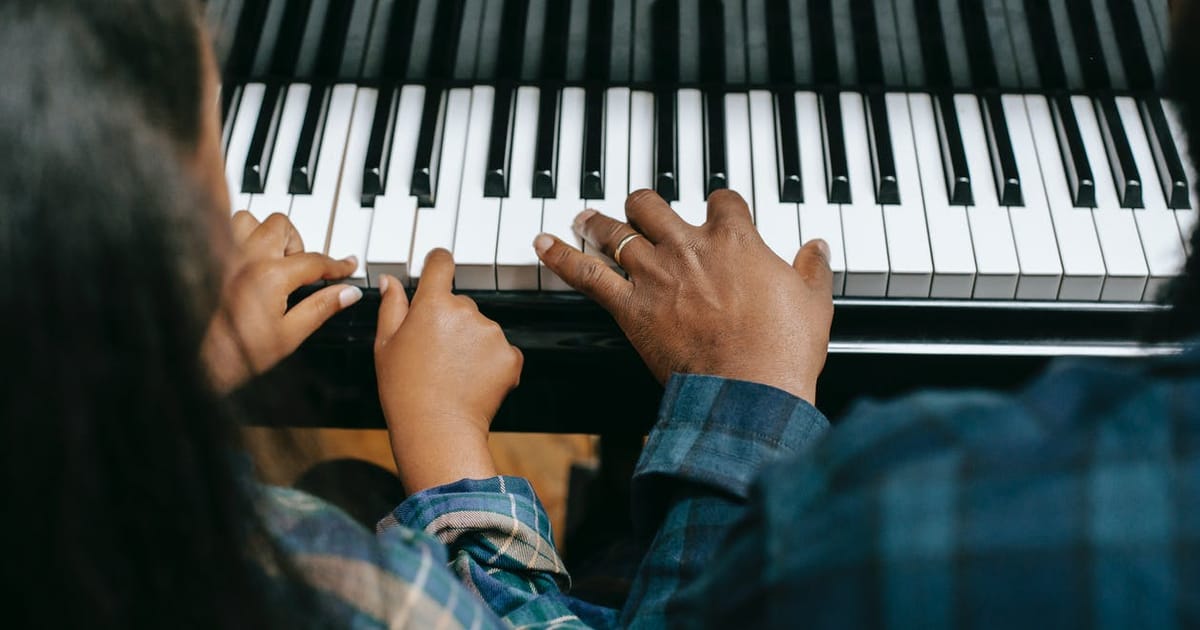What’s at the very heart of your teaching?

I’ve just finished reading Battle Hymn of the Tiger Mother, the marvellously candid account of a mother and her two musical daughters. It’s really about what drives us, why we do things and constitutes a fascinating insight into the pursuit of musical excellence. But at what cost? I was gripped throughout, but what made me really sit up was Amy’s description of what the violin had come to symbolize in her mind. For her it was ‘excellence, refinement and depth; respect for hierarchy, standards and expertise.’ But for her daughter, who had been pushed to her limits (and on the way had become a wonderful young player) it symbolized oppression. It got me thinking – I wondered what our own instrument represents to us. What it symbolizes and whether that might affect our teaching.
I was very fortunate with my teachers and my education in general. Especially with my clarinet teacher who taught me from my very first lesson and then continually right through my time at the Royal Academy of Music. Those formative years really plant some very significant seeds in terms of how things will develop in the future. And I’m not thinking of musical or technical abilities but something deeper – I’m thinking about what exactly the clarinet, my instrument, embodies to me. My teacher was (and still is) a very kind and sharing person. The clarinet, as a result, symbolizes warmth and friendship. My lessons, though always full of serious hard work, were extremely enjoyable. There was always much laughter. The clarinet still strongly embodies that sense of fun. I’ve always enjoyed chamber music, all the way back to the school ensembles I used to play in, which always culminated in enjoyable and highly appreciated concerts. So my image of performing has always been a very positive one. At school I wasn’t a great academic but I loved my clarinet and wanted to know everything about it – so I did my best to learn everything I could and that made me feel special; it gave me a status. And of course these deep images and symbols have transferred themselves, in all sorts of ways, into my teaching.
So I wanted to find out what other peoples’ deep images of their instrument are and whether they too feel it affects their teaching. When one friend was handed her first flute she immediately felt she had been given the ‘keys to the kingdom.’ It opened her eyes and she could suddenly see so much. It was an instrument of power, a device through which she could channel her emotions. And her flute has never since lost that force. Needless to say her teaching is highly imaginative and her pupils absorb from her a real confidence in their own playing.
Another teacher has a much more practical kind of image. Playing his saxophone is akin to sport. He has always much enjoyed the physical sensation of playing the instrument. To him it symbolizes energy and movement and his teaching, he tells me, is appropriately vigorous and full of sporty allusions and metaphors. Another teacher I spoke to closed his eyes, thought for a few moments and said, ‘riding a bike, good teachers, bad teachers, scary concerts, stress, fun…” Yet another (a pianist) felt her instrument symbolizes independence and escapism. She continually takes her pupils on journeys into their imaginations where they visit colourful and vivid places in order to understand and play.
But I was also invited to share in some darker symbols. One teacher friend said her instrument represented pain, another anxiety, yet another: damage. I pushed this last one. She had had some unkind teachers, she told me. ‘I wanted to do lots of expression, but my teacher disagreed. He’s my teacher so he must be right I thought. I must be wrong. But that didn’t seem to make sense. I was not happy.” That person is now one of the best teachers I know. “I want to pass on my love of expressive playing, but I feel bad about playing myself. I rarely do. Even in lessons. But my pupils play with so much expression and feeling.”
So I invite you to think about what your instrument means to you. And what affect it may have over your teaching. There are many, wide-ranging, influences over the way we teach. In one way or another, so many of our experiences and people we know play their part in how we do what we do. But those deeper symbols perhaps have the greatest effect.
This article first appeared on the blog section of the author.





